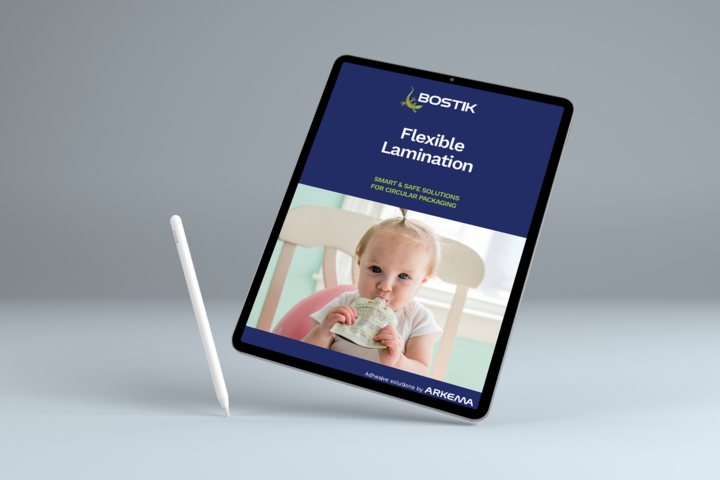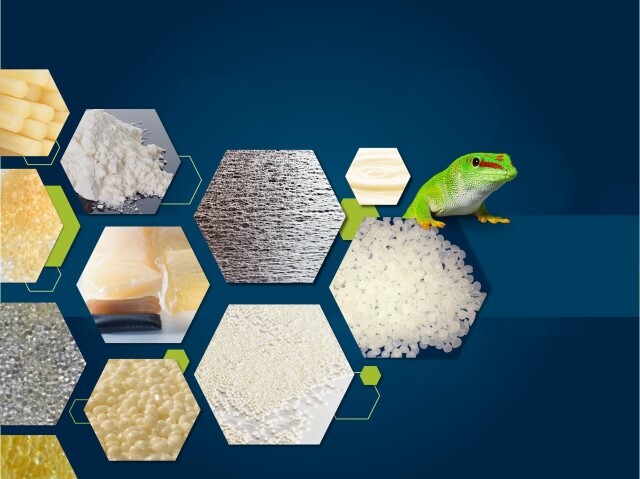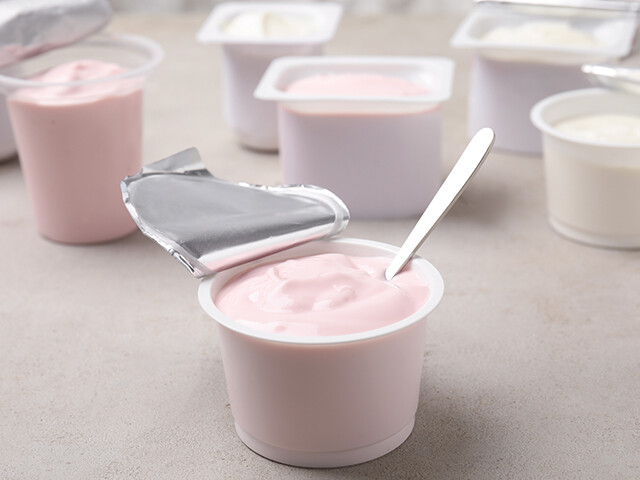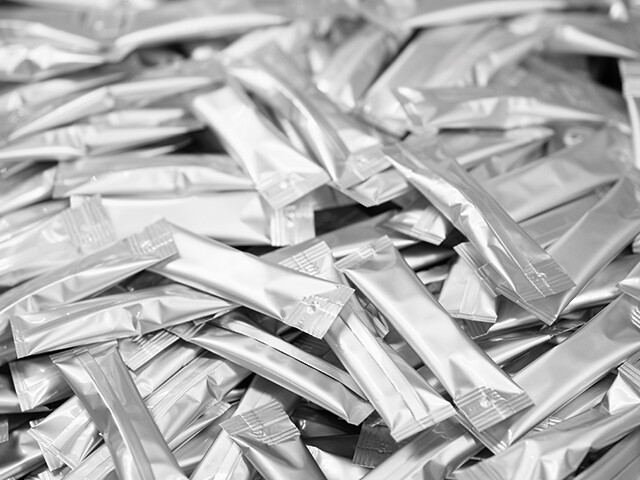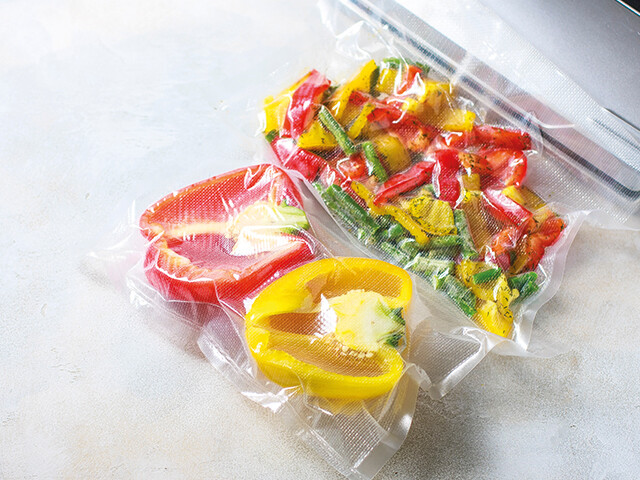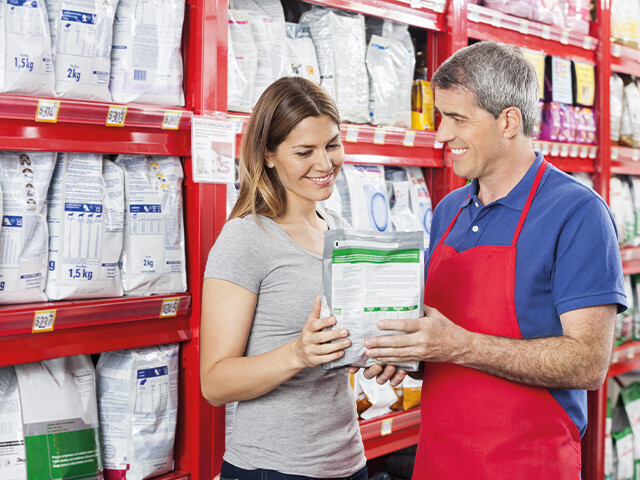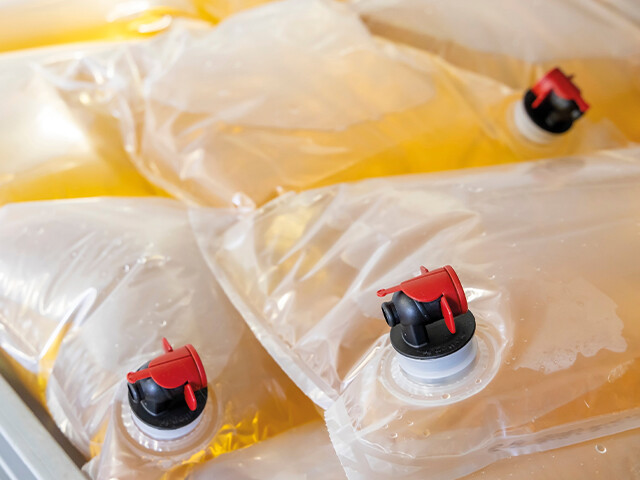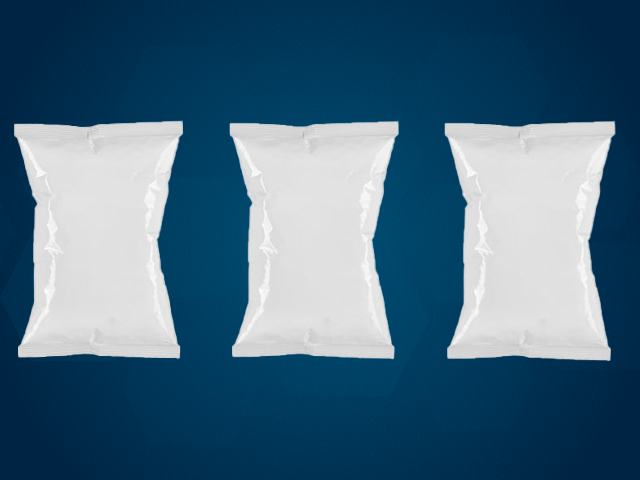Pouch and
Stand-Up Pouch Adhesives
Smart adhesives for Pouches and Stand-Up Pouches
Our pouch and stand-up pouch adhesives, based on two-component polyurethane technology, help solve packaging challenges and enable you to:
- Improve package food safety with BPA-free (industrial chemical that has been used to make certain plastics and resins), Cyclic-ester safe (no NPG), GLYMO-free, and PAA or PAA EU 10/2011-free solutions
- Increase performance, quality and functionality due to strong resistance to mechanical stress (C1, C10, CX), chemicals and high temperatures, even when used as internal layer to all substrates
- Reduce cost-in-use and enhance efficiency via a modular system for easy changing from C1 to C10 to CX co-reactants and due to a room temperature curing aliphatic system CX
Featured product: UHP 200 EXP
Frequently Asked Questions
In packaging, a pouch is a type of flexible, sealed container used to hold and protect products. Think of it as a modern alternative to boxes, jars, or cans—only much lighter, more adaptable, and often more convenient for both brands and consumers.
What Makes a Pouch?
- Flexible Materials: Usually made from layers of plastic, paper, aluminum foil, or laminates.
- Sealed Edges: Often sealed on three or four sides to contain and preserve the contents.
- Optional Features: Can include zippers, spouts, tear notches, or valves depending on the product.
Stand-up pouch packaging is a form of packaging with a horizontal structure at the bottom, allowing it to stand independently. Stand-up pouches and pouches are widely used in food packaging, beverage packaging, industrial packaging, necessities packaging, cosmetic packaging, etc.
These packaging can be resealable. For pouches or stand-up pouches packaging resealable with a zipper, Bostik adhesive is applied to the backing of the zipper, which is then heat-sealed to make the end package.
Stand-up pouches are primarily used to pack liquid or pasty products, making them an ideal solution for fruit juice packaging. This packaging format excels in multiple aspects: it's compact, easy to carry, lightweight, and provides a larger printing area for brand visibility and product information. These packages are also appreciated for their transparent design possibilities, allowing consumers to see the vibrant colors of fruit juices inside. The flexible nature of stand-up pouches means they can be manufactured in a variety of sizes, from single-serve portions to larger family formats, operating at temperatures up to 85 degrees celsius.
As a result, stand-up bags frequently replace plastic bottles and cans, offering better shelf presence and reduced environmental impact. Pouches and stand-up pouches will be more widely used in the future, driven by consumer demand for convenient, portable packaging solutions. The use of accessories such as spouts has even broadened the potential of their applications, making them perfect for on-the-go consumption of fruit juices while preventing spills and maintaining freshness.
Pouches and stand-up pouches can be made from various materials and structures (duplex, triplex, quadruplex structures, PE, PP, BOPET, BOPP, OPA, PETmet, Siox, Alox, and so on). The conventional composite system is a thick PE film composed of a laminate bonded to a back-faced BOPET or POPA substrate.
Pouches and stand-up pouches are widely used in various industries, including:
- Food & Beverage: Snacks, coffee, sauces, baby food, frozen items.
- Pharmaceuticals & Healthcare: Supplements, medical devices, ointments.
- Cosmetics & Personal Care: Face masks, shampoo, lotions, makeup products.
- Industrial & Chemical Packaging: Lubricants, adhesives, cleaning agents.
- Pet Food & Agriculture: Seeds, fertilizers, treats, specialty nutrition.
With advances in packaging technology and material science, pouches continue to evolve, offering greater convenience, protection, and sustainability for brands looking to optimize their packaging solutions.
100% polyethylene pouches and stand-up pouches can be recycled entirely. Bostik SF10M, a solvent-free polyurethane laminating adhesive, can be recycled. Test results confirmed that this adhesive is suitable for recycling in a polyethylene (PE) film stream when used in the right conditions.
Key Factors to Consider
Product Type
Is it liquid, powder, solid, granules, or something chunky like pet food? Different products settle differently in a pouch.
Volume or Weight
Do you want to hold 100g of trail mix or 500ml of soup? For powders or snacks, there are rough conversions (e.g. 250g coffee ≈ 16 x 23 cm pouch), but it varies by product density.
Usage Frequency
- Single-use: small pouch (e.g. 3.5 x 13 cm for samples)
- Resealable/multi-use: medium to large (stand-up pouches from 12 x 20 cm and up)
Shelf Presence & Branding
Bigger pouches = more design space, more shelf visibility. But don’t overdo it-empty space inside can be a turn-off.
Closure Type
Do you need a zipper, spout, valve, or just heat-seal? These features affect the ideal dimensions too.
Flat Pouch (or 3-side seal pouch)
- Shape: Flat and rectangular, like an envelope.
- Structure: Sealed on three sides, with one open end for filling.
- Storage: Lays flat and doesn’t have a bottom gusset, so it can't stand up on its own.
- Best for: Single-use products, small items, or sample packs-think wet wipes or spices.
Stand-Up Pouch (SUP)
- Shape: Has a bottom gusset that expands when filled.
- Structure: Designed to stand upright on store shelves.
- Storage: Takes up more vertical space but is more presentable and user-friendly.
- Best for: Resealable and reusable items like snacks, coffee, pet treats-things you want to dip into more than once.
Pouch packaging has become a rockstar in the packaging world—and for good reason. Here’s why so many brands (and customers) love it:
Practical Advantages
- Lightweight & Compact: Easier and cheaper to transport than rigid containers like jars or boxes.
- Space-Saving: Takes up less room on shelves and in storage.
- Versatile Shapes & Sizes: From tiny sample sachets to large refill packs, they’re super adaptable.
Sustainability Perks
- Less Material Waste: Uses significantly less plastic or paper than traditional packaging.
- Lower Carbon Footprint: Reduced weight = less fuel needed during shipping.
- Recyclable Options: Many pouches are now designed with eco-friendly layers or mono-materials for easier recycling.
Consumer-Friendly Features
- Resealable Zippers or Spouts: Great for keeping products fresh and preventing spills.
- Easy to Open & Reseal: No scissors, no mess - just convenience.
- Transparency or Window Options: Let customers peek at what’s inside (and build trust).
Branding & Shelf Appeal
- Customizable Shapes & Printing: Full-surface design space means brands can go all-out on aesthetics.
- Stand-Up Displays: Especially with stand-up pouches, products look more attractive and professional on shelves.

